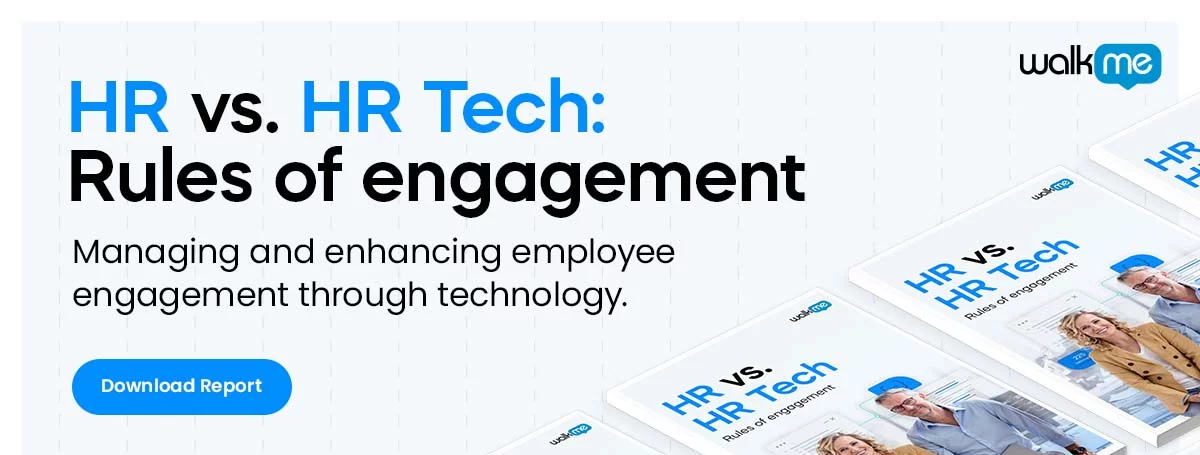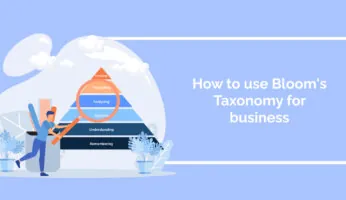
In any industry, data is only as good as its handlers and analysts. There is no use in gathering large quantities of information if it is not analyzed properly. But when data is expertly analyzed, the insights gained will help leaders make excellent decisions – this is just as true for HR departments as it is for any other function in a business.
HR leaders can benefit from not just collecting relevant data but by taking it several steps further with predictive analytics. Simple descriptive analytics are useful – this is the basic data that used to live on paper in filing cabinets – but even in today’s increasingly digitized world, there are limits to the insights that can be gleaned from basic employee information, such as ages and qualifications.
This is where predictive HR analytics come in. Put simply, this is data that is analyzed to predict future trends, using technology, such as artificial intelligence (AI) and machine learning.
In more detailed terms, predictive HR analytics solutions use a range of different data-mining techniques to analyze historical data and outcomes. The technology is then used to create algorithms that use the aggregated data to predict trends and possible future outcomes. It has the potential to transform workforce management across all industries.
To use predictive HR analytics to their maximum potential, a deeper data dive is required. This takes more effort than just collating staff data, as well as investment in the right software for your organization, but the rewards are worthwhile. Examples of valuable data for a predictive HR analytics project include external industry and labor market data. Looking at the bigger picture beyond your own workplace can pay dividends for strategic planning, preventing skills gaps emerging, ensuring you have the right people deployed at the right time, and better recruiting.
What types of data can be analyzed predictively?
Predictive HR analytics can be applied to internal and external data, especially when the right software has been purchased to properly aggregate and analyze the information for powerful insights that will drive your business forward. It is good to start the predictive analytics process by determining your organization’s strategic objectives – this helps keep everyone focused on the main goals so relevant data is collected and analyzed.
Internal data
Internally, the data you collect for predictive analysis needs to go beyond basic staff details, such as age, gender, salaries, locations, and types of contracts. While these data points are important and can be added to a predictive HR analysis, there are deeper questions that need to be answered. Employers need to gather data on employee-to-manager ratios, types of recruitment activities, how the best people for positions were recruited, and employees likely to retire in the coming years.
This process is also a good time to conduct employee surveys to gain valuable feedback that might be missed during day-to-day working. Surveys should be clear and anonymous so employees feel empowered to be honest in their responses. Confidentiality is important here. As well as abiding by your jurisdiction’s data protection regulations, access to sensitive employee feedback data should be limited only to those who absolutely need to see it. However, if this is done professionally, the insights gained can help HR departments improve employee happiness and wellbeing and even identify what factors might make a team member at risk of leaving the organization. This, in turn, helps organizations develop better staff retention policies, which boosts productivity and saves on recruitment costs.
External data
External data can be harder to gather, but it is worth taking the time to do so. In an increasingly globalized world – and especially with more employers adopting remote and hybrid working in the wake of the Covid-19 pandemic – it is important to analyze your HR functions with a forward- and outward-looking attitude.
Labor market data, for example, can be very instructive in letting organizations know about the supply of suitably skilled workers in different areas. This, in turn, can help employers know where to advertise when recruiting, target areas where talented people may be looking for work, and prevent skills gaps, which can be costly and affect productivity. Employers can also benefit from analyzing labor market data to obtain a clear idea of salary ranges and how salary relates to supply and demand.
When labor market data is combined with demographic data for the local area, this can be a great way to predict possible worker shortages. Factors such as an aging population, an increasingly younger population, and immigration patterns can help determine what the potential workforce in your local area might look like. If the data indicates, for example, that skilled people are moving away from the area or retiring from the workforce, it might be the right time to review recruitment practices and consider hiring from a wider geographical area.
Industry data is another valuable addition to a predictive HR analytics process. Information about industry trends, emerging (and declining) markets, and competitor products and services that could have an impact on your own sales can all help predict what your bottom line will look like in the coming months and years.
Regardless of whether this analysis reveals good news or bad news, employers can plan workforces accordingly. When business is booming, there is a risk of staff being overwhelmed, which can be as problematic as being unable to afford staff during leaner times. Industry data can be combined with broader economic data to offer a more detailed financial overview and help with projections for good HR decisions.
Technology to boost predictive HR analytics
By its very nature, predictive HR analytics require technological solutions to be truly effective. It is a worthwhile investment with an obvious business case for organizations that are serious about workforce optimization and strategic planning.
Predictive HR analytics use data, statistical algorithms, and AI/machine learning solutions to look into the future with clarity and precision. Technological solutions will help employers identify likely future outcomes based on internal and external data.
The potential of predictive HR analytics technology is immense. It is technology that is here to stay, especially as more employers make the investment in the right solutions and see the results in terms of the bottom line, with increased productivity, better staff retention, and improved recruitment strategies.
When the best possible predictive HR analytics technology is used to its optimum potential, solid decisions can be made to stand an organization in good stead no matter what the future might hold.
WalkMe Team
WalkMe spearheaded the Digital Adoption Platform (DAP) for associations to use the maximum capacity of their advanced resources. Utilizing man-made consciousness, AI, and context-oriented direction, WalkMe adds a powerful UI layer to raise the computerized proficiency, everything being equal.



